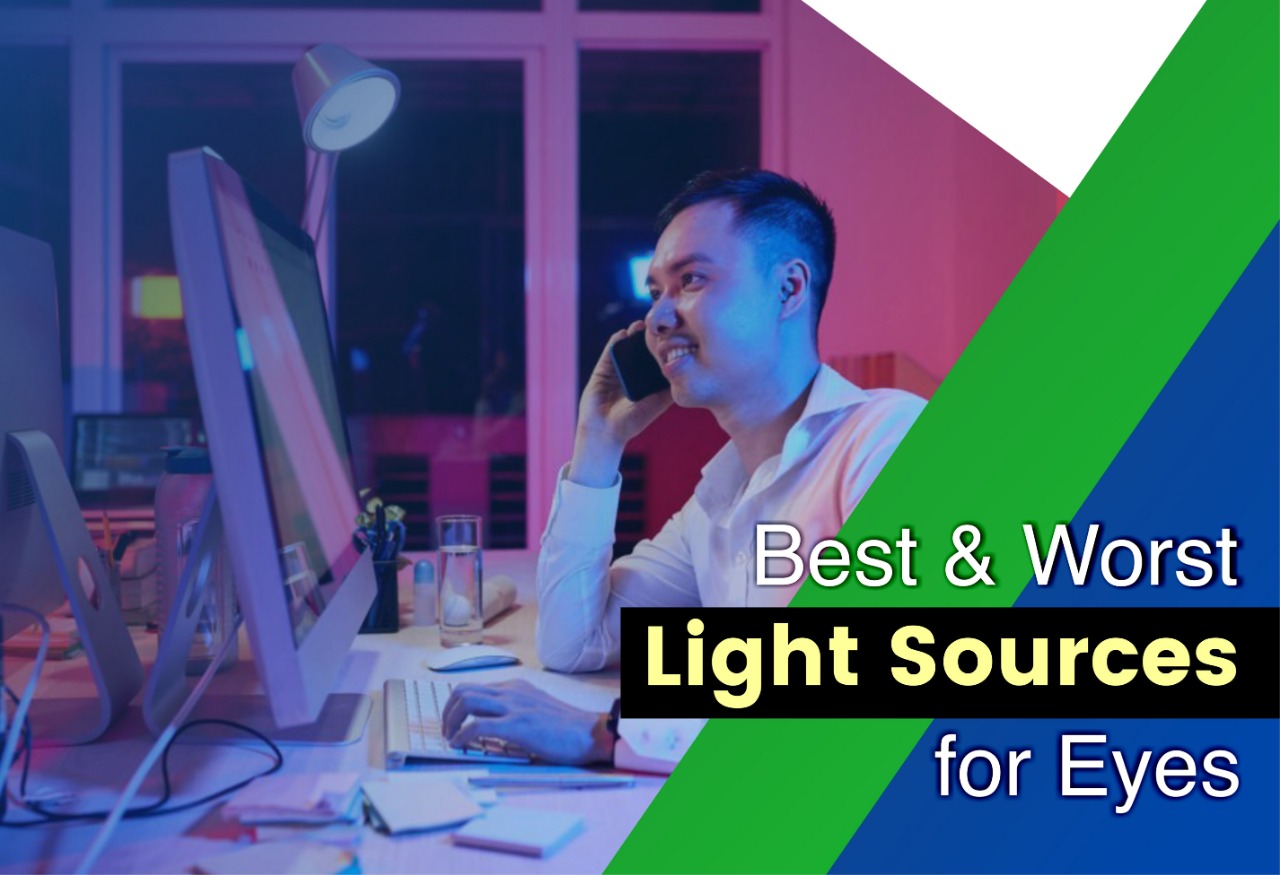
Best and Worst Light Sources for Your Eyes
Consider the spaces where you invest most of your energy. When you're making arrangements to outfit, beautify or construct a home - when in the process do you think about the wellsprings of light and their impacts on your eyes? What might be said about your office space? All things considered, these spots have purposes, regardless of whether it's to rest and unwind, or will work and the keep going thing you're centered around is lighting. The kind of light you use and are presented to frequently influence the feeling, yet besides your eye wellbeing. So picking the correct lighting source requires cautious thought. Underneath we share the best and most exceedingly terrible light hotspots for your eyes
What to Avoid
Dazzling white and cool fluorescent cylinder bulbs and brilliant bulbs emanate the most UV radiation and cause the most harm to your eyes. The issues noted in the 2011 examination, referenced above, we're connected to this sort of light source. Fortunately, there is an assortment of different choices to browse. Unreasonable openness to blue light from sources, like cell phones, tablets, and some LED lighting, has additionally appeared to cause harm as indicated by the American Optometric Association. They additionally express that all-encompassing openness to daylight, particularly in the young years and for those that don't wear eye assurance, can likewise prompt eye harm. What these wellsprings of light share are that they are more limited frequency light sources.
What to Choose
Elective light sources are accessible that are more secure for your eyes, but on the other hand, are more energy effective. Bulbs exist at various value focuses and for various employments. These choices incorporate the accompanying:
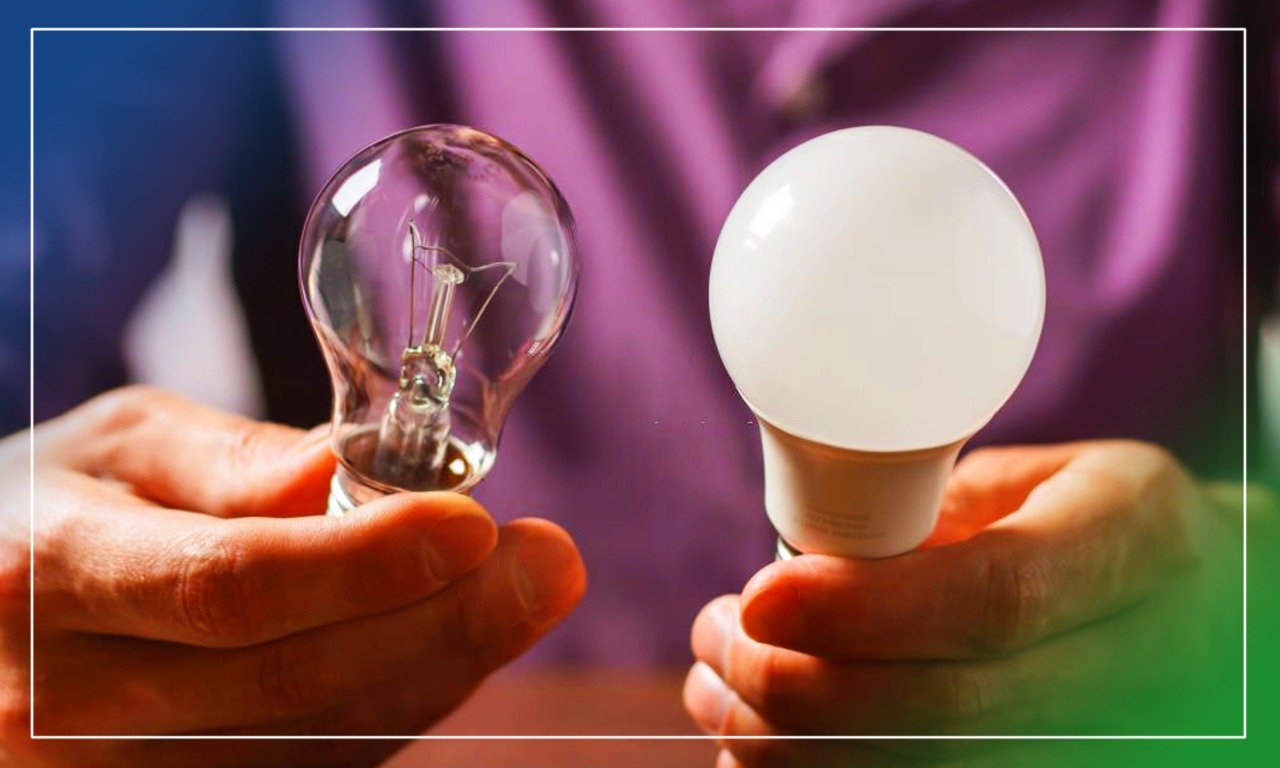
Radiant Warm Light Bulbs:
These customary bulbs give a hotter light that produces fewer UV beams than dazzling white bulbs. They are typically the least expensive bulbs to purchase, yet they are not energy proficient, so they can cost somewhat more in the long haul.
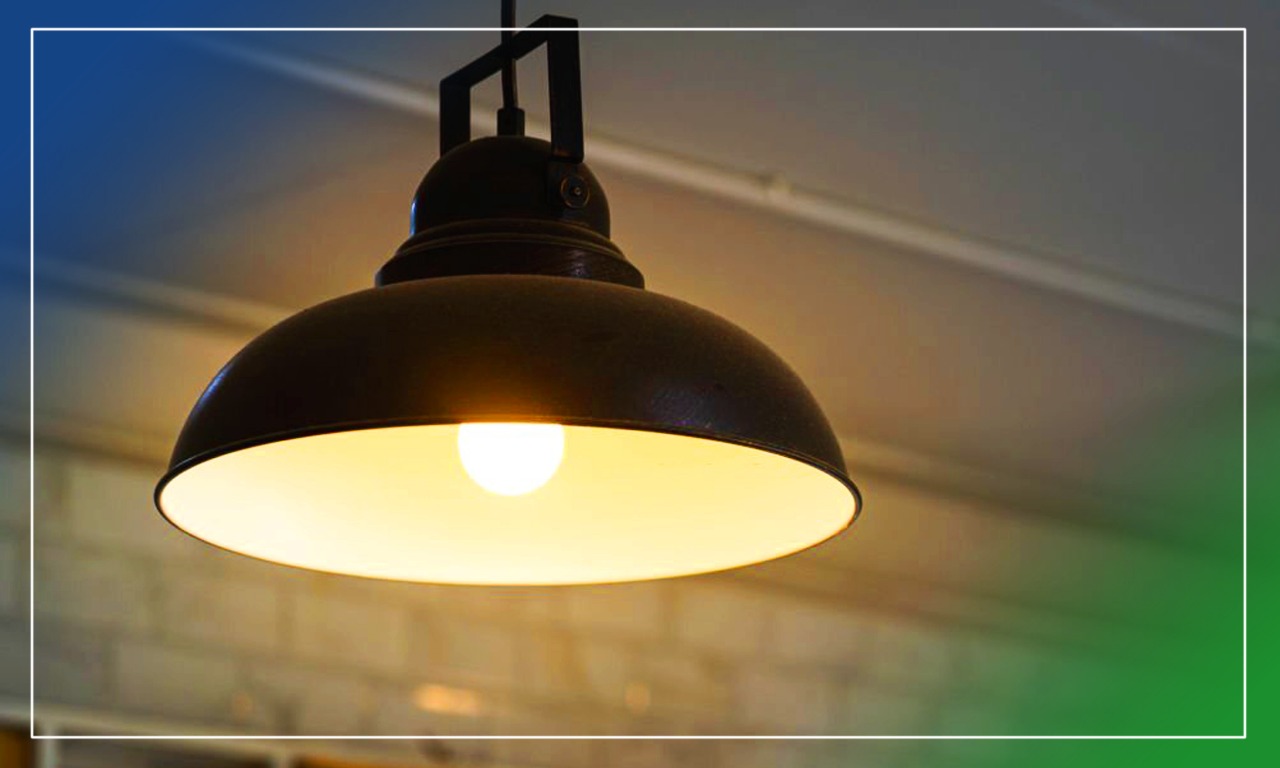
Full Spectrum Lighting:
"Full Spectrum" is a showcasing term when applied to lights. These sorts of bulbs reproduce regular daylight and give an equilibrium of brilliance and difference. Their producers guarantee they improve comprehensibility, shading insight, and disposition.
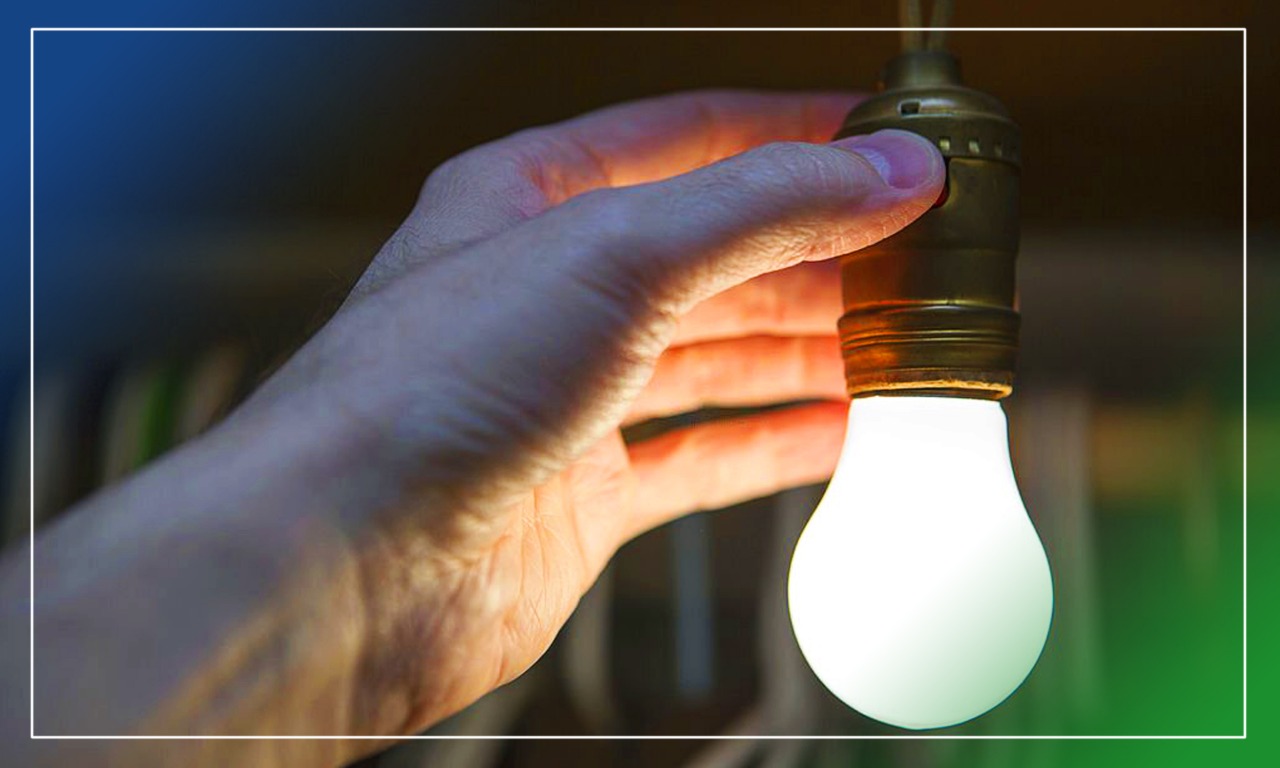
LED Bulbs:
These are the most energy-productive bulbs, yet they cost the most forthcoming. They produce no UV beams. There are numerous legends concerning LED bulbs. One prevalent misconception is that LED bulbs produce just "blue" light. Nonetheless, LED bulbs are accessible in a scope of tones and can give warm light. Numerous individuals trust LED bulbs to offer practically nothing, assuming any, energy reserve funds. In any case, considers show that they utilize not exactly a large portion of the energy of CFL bulbs and 1/eighth to 1/tenth the energy of customary glowing bulbs. Another normal legend expresses that LED bulbs don't work with dimmers. This is likewise false. An assortment of dimmable LED bulbs is accessible at both Lowe's and Home Depot.
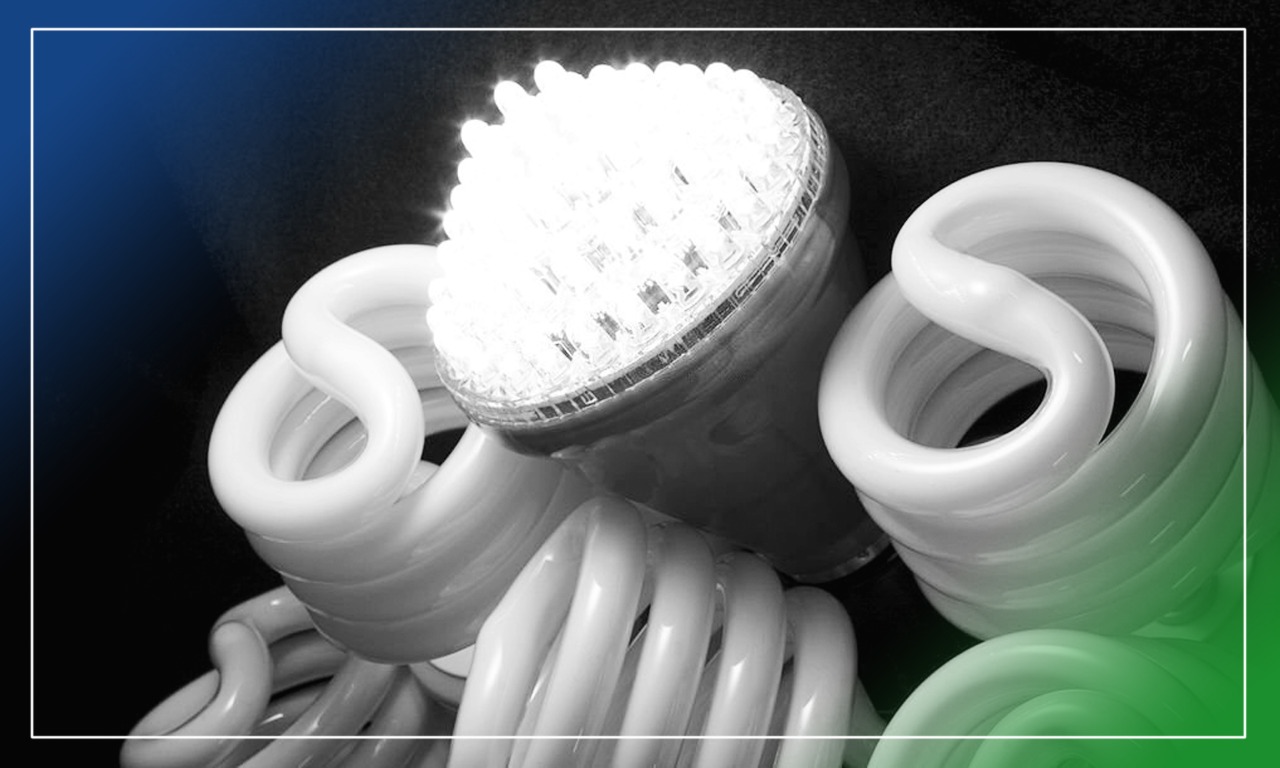
Reduced Fluorescent Lights (CFLs):
CFL bulbs produce fewer UV beams and are more energy proficient than radiant white brilliant and fluorescent cylinder bulbs. They are less energy proficient than LED bulbs, yet they typically cost less straightforwardly. Similarly, as with LED bulbs, numerous individuals trust CFL bulbs are not dimmable. Yet, once more, an assortment of dimmable CFL bulbs can be found at Lowe's and Home Depot. Numerous customers additionally trust CFL bulbs are unsafe because of their mercury content. While the facts demonstrate that CFL bulbs contain a modest quantity of mercury, it is considerably less than fluorescent cylinder bulbs. In general, utilizing CFL bulbs diminishes the measure of mercury delivered into the climate from lighting
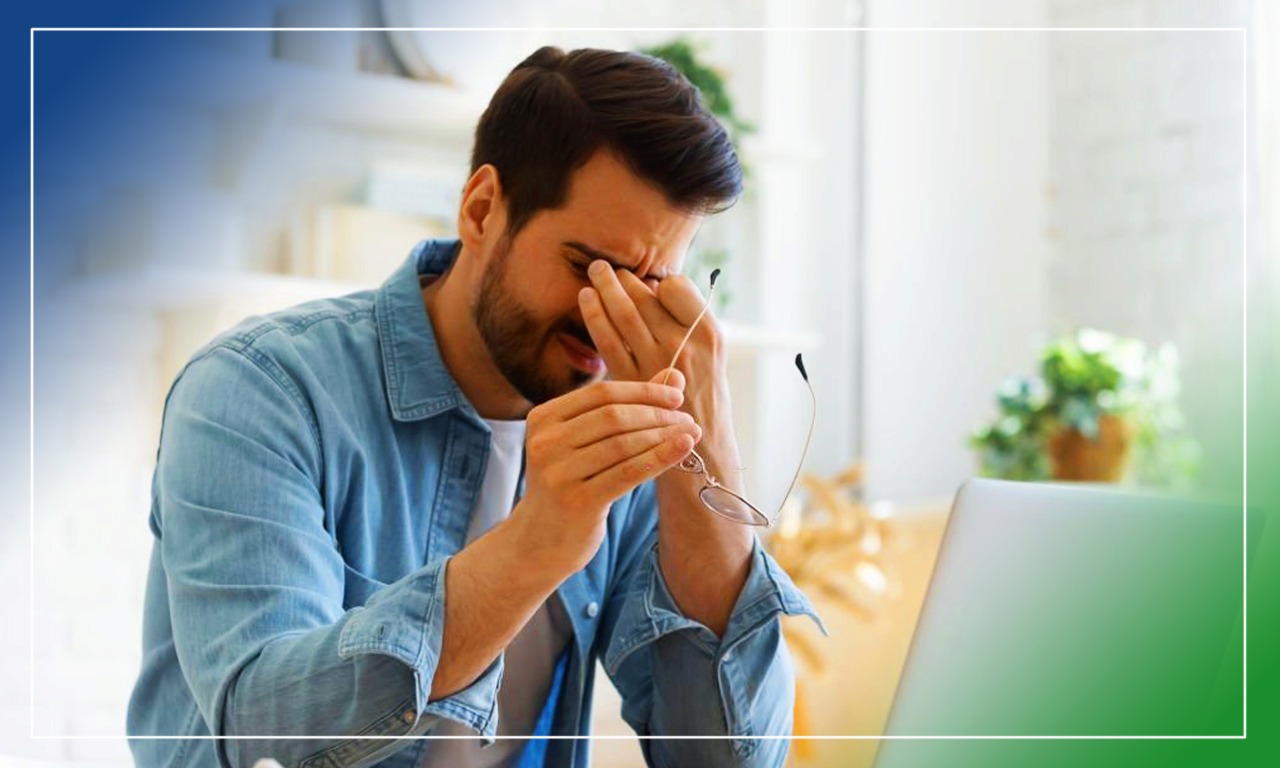
Lighting Tips for Healthy Eyes
1. Light arrives at your eyes from lights in your home, yet additionally from the sun, PCs, cell phones, and tablets. Other than picking the correct bulbs, there are numerous simple advances you can take to help your eye wellbeing.
2. Get standard eye tests. An ophthalmologist will altogether look at your eyes and alarm you to any likely issues. They can likewise make individualized proposals for your vision.
3. Increment utilization of normal light busy working and at home. Most structures and even homes have UV-safe glass to shield from the sun's UV beams. Open the draperies and blinds and mood killer the electric lights when suitable.
4. At the point when outside, shield your eyes from the sun by wearing shades and caps. Pick captivated glasses with hostile to intelligent covering.
5. Try not to sit in front of the TV in a dull space for expanded time frames. If you like to stare at the TV in obscurity, utilize an encompassing backdrop illumination behind your TV. This forestalls eye strain.
6. Utilize a tablet to pursue computerized books, similar to a Kindle Paperwhite, rather than a tablet or cell phone.
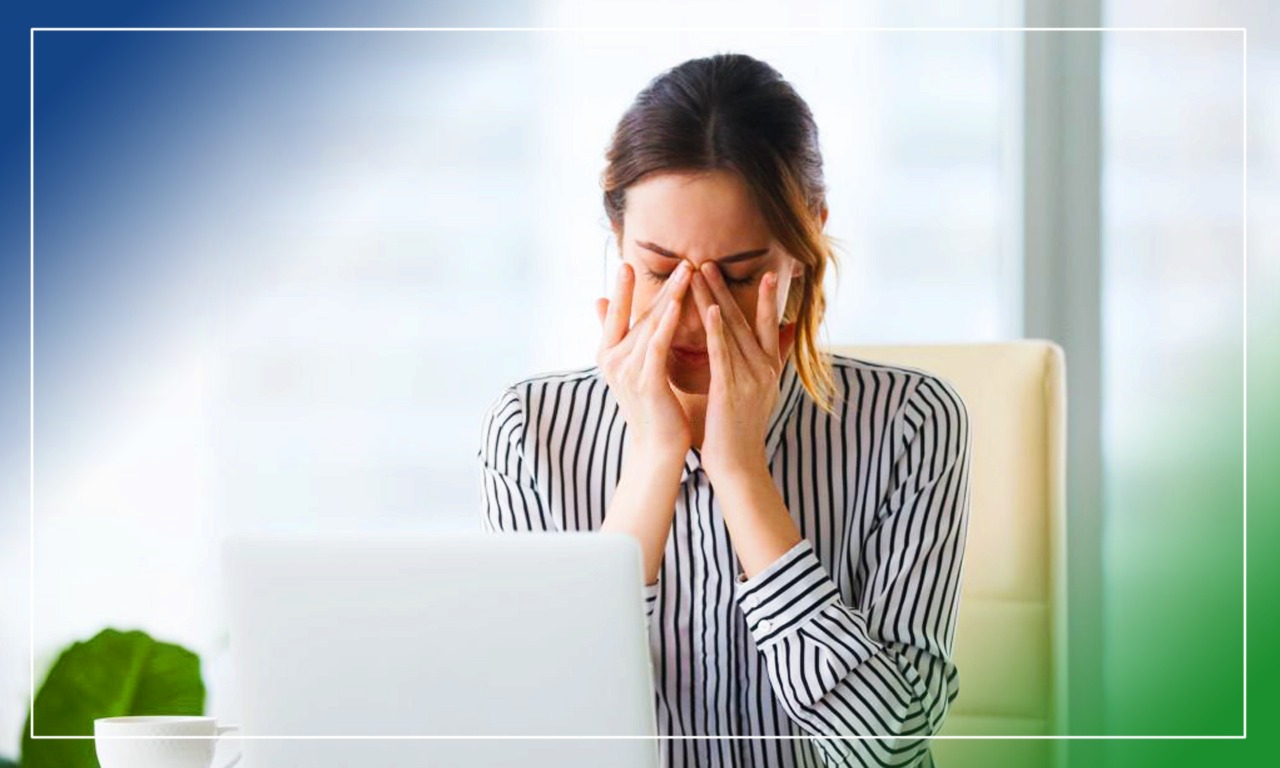
7. Keep your eyes wet. Make sure to flicker often and continue to grease up drops close to your PC or around your work area.
8. To diminish glare utilize glare screens with PCs and tablets. Likewise, utilize more obscure, matte paint nearby or room around your PC. Pick glasses with energized or colored glass and an enemy of intelligent covering.
9. Change show settings on your PC screen. Brilliance ought to be near the surrounding setting, not more splendid than the encompassing lights. Change the "shading temperature" to a hotter setting. Shading temperature alludes to the range of obvious light produced. Cool or blue light has a short frequency that causes more eye fatigue. Finally, change the text size (zoom) and the difference to your solace.
10. Rework your work area so that your screen is 20 to 28 crawls from your eyes thus that you look somewhat down. Take continuous breaks when chipping away at your PC. Attempt the 20-20-20 guideline: like clockwork, look 20 feet away for 20 seconds.
11. Consider "PC eyewear." Computer glasses are not quite the same as standard glasses, they are intended for the exact distance between your eyes and the screen
12. When utilizing cell phones and tablets, hold them as distant as easily conceivable.
Securing your eyes is significant and can be effectively accomplished with a little arranging. We couldn't imagine anything better than to help you discover more approaches to advance eye wellbeing. Reach us with any inquiries concerning how to best ensure your vision or to plan an eye test with one of our PCPs.